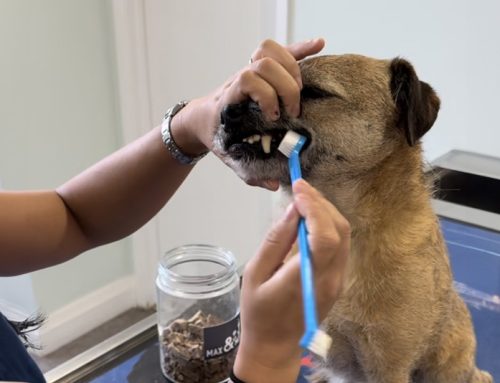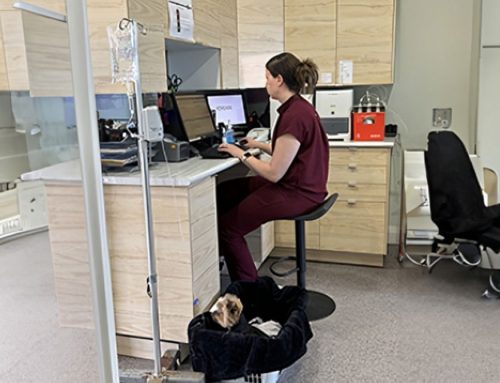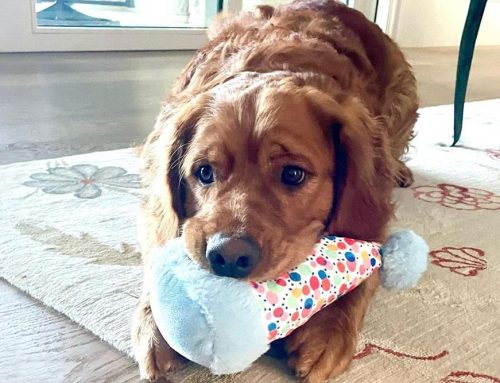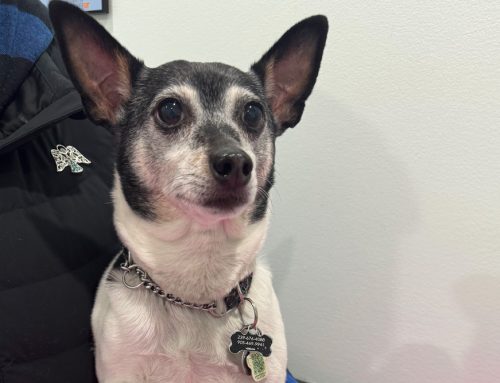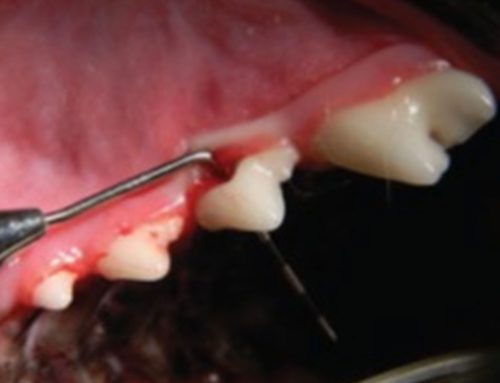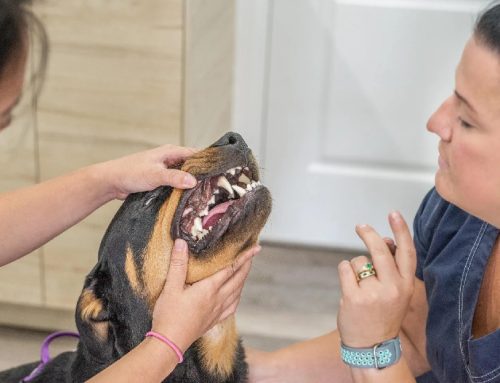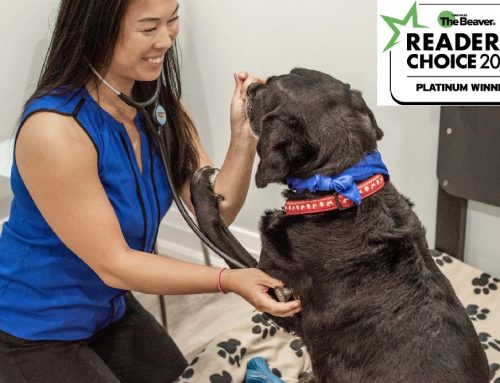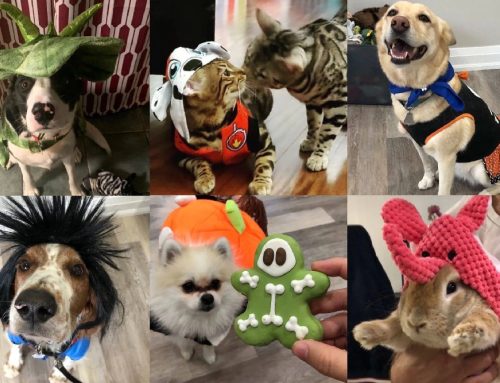Brush Up On Pet Dental Care
Dental disease is prevalent in pets, affecting the majority of cats and dogs by the time they are 3 years of age. This makes dental health critical to overall wellness for cats and dogs. Our team at Mac Animal Clinic explores the topic further.
Understanding dental disease in pets
Without oral hygiene, pets can suffer from dental problems such as plaque buildup, gum disease, and tooth decay. According to the American Veterinary Dental College, periodontal disease is the most common clinical condition in cats and dogs. Periodontal disease affects the pet’s periodontium, which is the specialized tissue that supports and surrounds the teeth. By age 3, most pets have some form of periodontal disease that causes pain, gingivitis, tooth loss, and infections that can enter the bloodstream and threaten the heart, liver, and kidneys.
Dental issue signs in pets
Recognizing the signs of dental problems can help you take the necessary steps for your pet to be treated by our Mac Animal Clinic team. Some common indicators include:
- Bad breath — Persistent foul-smelling breath (i.e., halitosis) often signals dental decay or bacterial buildup.
- Difficulty chewing — Pets may chew on one side of their mouth, refuse to eat hard food, or drop their food. If you notice more tartar on one side of your pet’s mouth than the other, this could indicate your pet is chewing on one side of their mouth due to oral pain.
- Swollen or bleeding gums — Red, inflamed, or bleeding gums indicate gingivitis or periodontal disease.
- Tartar buildup — Visible yellow or brown tartar on teeth is a clear sign of dental issues.
- Loose or missing teeth — Teeth that are loose or missing often signify advanced periodontal disease.
Veterinary dentistry and preventive care
Veterinary dentistry and exams are the cornerstones of your pet’s oral health maintenance. During your pet’s wellness exam, our team will assess their teeth and gums, looking for signs of dental disease such as tartar, plaque, and other dental issues. If signs of periodontal disease are noted, your veterinarian may recommend a dental cleaning while your pet is under anesthesia. These procedures are a comprehensive process that can not only help prevent periodontal disease but can be used to treat and reverse first-stage periodontal disease. When periodontal disease progresses to other stages, more in-depth treatment is necessary.
A professional dental cleaning typically involves the following:
- Preanesthetic examination — This involves a physical assessment and blood testing, including a complete blood count (CBC) and serum biochemistry, to help ensure your pet is healthy enough for anesthesia.
- Anesthesia — Safe, monitored anesthesia is necessary for a thorough oral examination, cleaning, and taking digital X-rays. A comprehensive oral health assessment and treatment requires a tooth-by-tooth examination and full-mouth digital X-rays. This is not possible without anesthesia. Additionally, a thorough dental cleaning requires the use of an ultrasonic scaler and sharp instruments, anesthesia is required to keep your pet still and safe during this procedure.
- Dental X-rays — A large portion of the tooth resides below the gumline, and dental X-rays are necessary to fully evaluate your pet’s oral health and determine an appropriate treatment plan.
- Oral Examination — Your veterinarian will perform a tooth-by-tooth examination to check for dental problems, such as cavities, broken or loose teeth, bone loss or gum disease,
- Scaling and polishing — These processes remove plaque and tartar from all teeth surfaces, which eliminates dangerous bacteria. Scaling is a key preventive measure against dental disease, while the polishing that follows reduces the plaque’s ability to adhere to the tooth surface. This process can also treat and reverse first-stage periodontal disease.
- Extractions — Damaged or diseased teeth that cannot be saved may require extraction because they are extremely painful and may compromise surrounding teeth.
Caring for your pet’s dental health

While professional cleanings and veterinary exams are essential, maintaining your pet’s dental health at home is equally important. Follow this oral hygiene regimen:
- Regular brushing — The best thing you can do at home for your pet’s oral health is brushing their teeth. Brushing your pet’s teeth daily with a pet-specific toothbrush and toothpaste can significantly reduce plaque and tartar buildup. Start slowly so your pet can gradually get used to the feeling of the toothbrush. If you need assistance, contact Mac Animal Clinic for a demonstration.
- Dental treats and chews — Dental treats can help clean teeth and massage gums, but should not replace brushing. Also, these treats add extra calories to your pet’s daily calorie intake, so use them only in moderation. Look for products with the VOHC seal to ensure they are safe and effective for your pet.
- Diet —Talk with our veterinarian about pet food options that are specially formulated to reduce plaque and tartar.
Your pet’s dental care is critical to their overall health and wellness. When you incorporate these practices and stay vigilant about your pet’s dental hygiene, you can prevent many common dental issues and help ensure your pet enjoys a healthy and pain-free life.
Contact our team at Mac Animal Clinic to schedule a dental exam. And, remember, only a little effort every day will go a long way in maintaining your pet’s beautiful smile.

